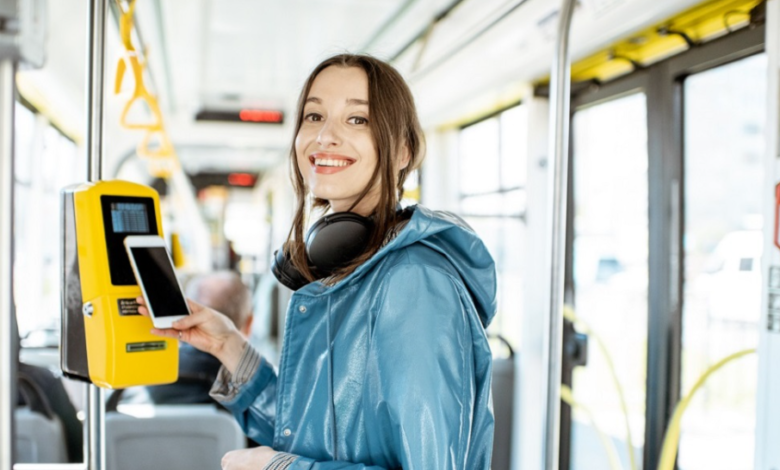The Benefits of Getting More People Using Public Transport and How to Encourage It

Public transportation is more than just a means of getting from point A to point B; it’s a cornerstone of sustainable urban development, economic vitality, and public health. Encouraging greater use of public transport offers numerous benefits, and with the right strategies, cities can make this a reality.
Environmental Benefits
Public transport significantly reduces the number of private vehicles on the road, leading to lower greenhouse gas emissions and improved air quality. Fewer cars mean less congestion and cleaner air, contributing to healthier communities and helping cities meet climate targets.
Economic Advantages
Investing in public transport yields substantial economic returns. High-quality transit systems attract businesses and increase property values in areas with convenient access. Reducing reliance on private cars can also lower transportation costs for households, freeing up money for other spending and stimulating local economies.
Health and Social Well-being
Public transport encourages physical activity, as users often walk or cycle to stations. This added movement improves overall health and helps reduce lifestyle-related illnesses. Additionally, accessible public transport enhances social inclusion, providing mobility for those who cannot afford or choose not to own a car, and helping people stay connected to jobs, education, and social activities.
See also: The Modern Traveler’s Guide to Hassle-Free Motorcycle Shipping
Strategies to Encourage Public Transport Use
To make public transport a more attractive option, cities can implement several strategies:
- Improved Infrastructure: Developing dedicated bus lanes, expanding sidewalks, and integrating bike lanes can make public transport more efficient and accessible, reducing travel times and making the system more user-friendly.
- Pricing Incentives: Subsidizing fares or offering discounts for frequent riders can make public transport more affordable. Flexible pricing strategies can encourage off-peak travel and increase overall ridership.
- Public Awareness Campaigns: Cities can launch rail and public transport campaigns to educate the public about the benefits of using public transport and to highlight new or improved services. Well-targeted campaigns help change perceptions and encourage people to adopt public transport as their primary mode of travel.
- Integration with Other Modes: Encouraging multi-modal transportation options, such as combining cycling with public transport, can provide more flexible and convenient travel choices, making the system more attractive to a broader audience.
- Community Engagement: Involving local communities in the planning and decision-making processes ensures that public transport services meet the actual needs of residents. Feedback loops can help improve service quality and build trust in the system.
Summing Up
The benefits of increased public transport use are clear: reduced environmental impact, economic growth, improved public health, and enhanced social equity. By implementing targeted strategies and investing in infrastructure, cities can encourage more people to choose public transport, leading to more sustainable and vibrant urban environments.





